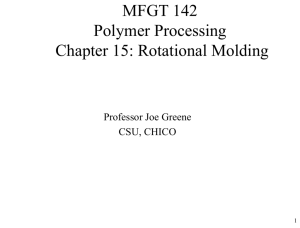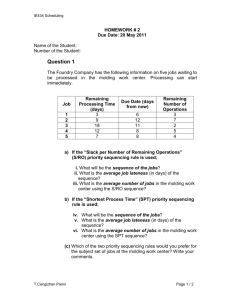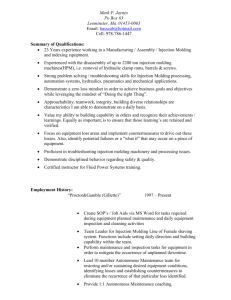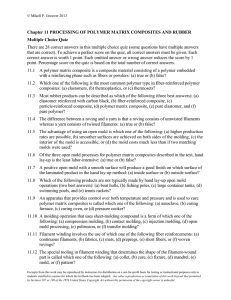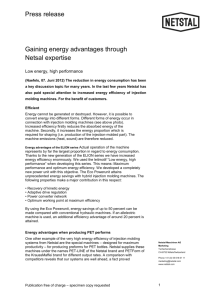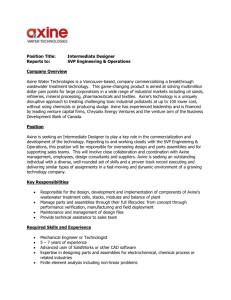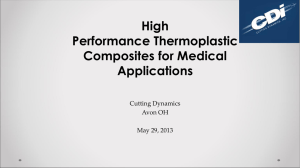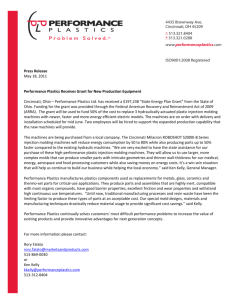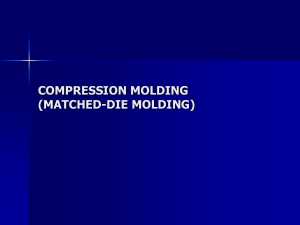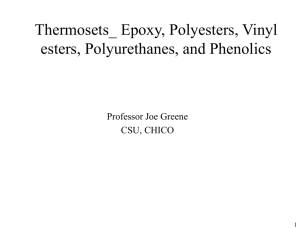transfer molding - ArmadaRubber.com
advertisement
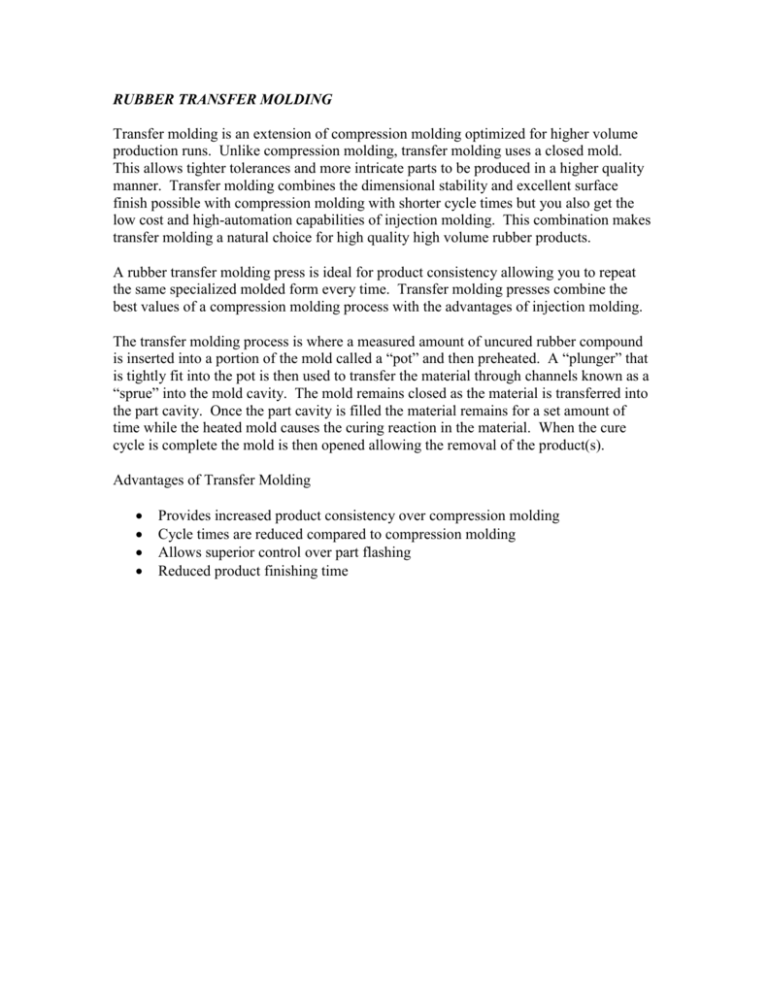
RUBBER TRANSFER MOLDING Transfer molding is an extension of compression molding optimized for higher volume production runs. Unlike compression molding, transfer molding uses a closed mold. This allows tighter tolerances and more intricate parts to be produced in a higher quality manner. Transfer molding combines the dimensional stability and excellent surface finish possible with compression molding with shorter cycle times but you also get the low cost and high-automation capabilities of injection molding. This combination makes transfer molding a natural choice for high quality high volume rubber products. A rubber transfer molding press is ideal for product consistency allowing you to repeat the same specialized molded form every time. Transfer molding presses combine the best values of a compression molding process with the advantages of injection molding. The transfer molding process is where a measured amount of uncured rubber compound is inserted into a portion of the mold called a “pot” and then preheated. A “plunger” that is tightly fit into the pot is then used to transfer the material through channels known as a “sprue” into the mold cavity. The mold remains closed as the material is transferred into the part cavity. Once the part cavity is filled the material remains for a set amount of time while the heated mold causes the curing reaction in the material. When the cure cycle is complete the mold is then opened allowing the removal of the product(s). Advantages of Transfer Molding Provides increased product consistency over compression molding Cycle times are reduced compared to compression molding Allows superior control over part flashing Reduced product finishing time


